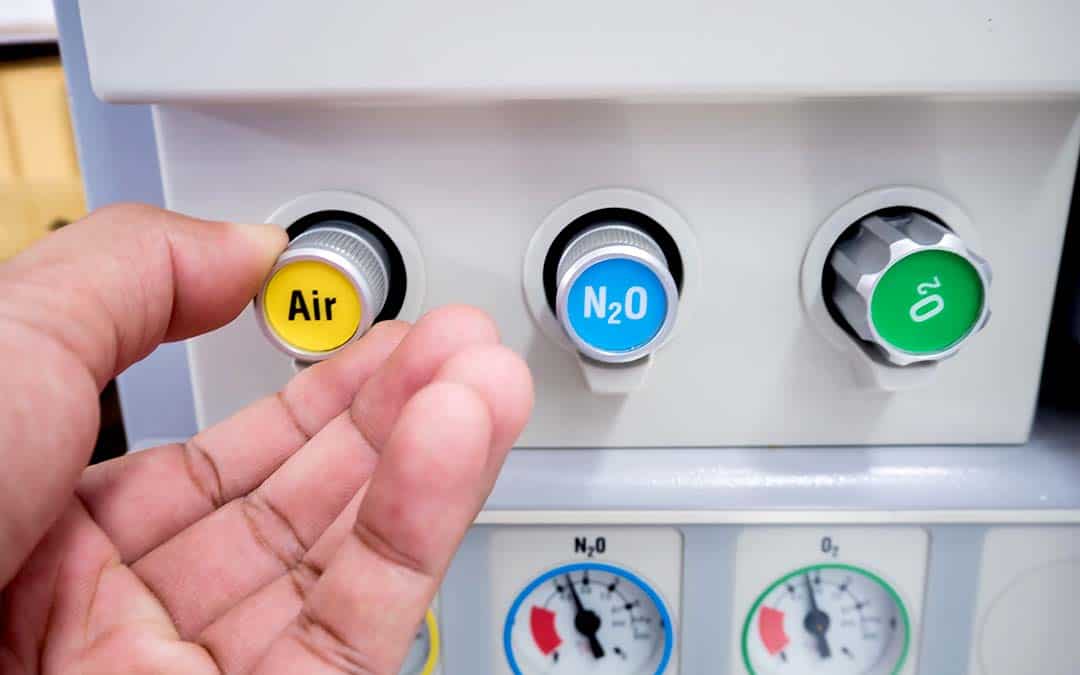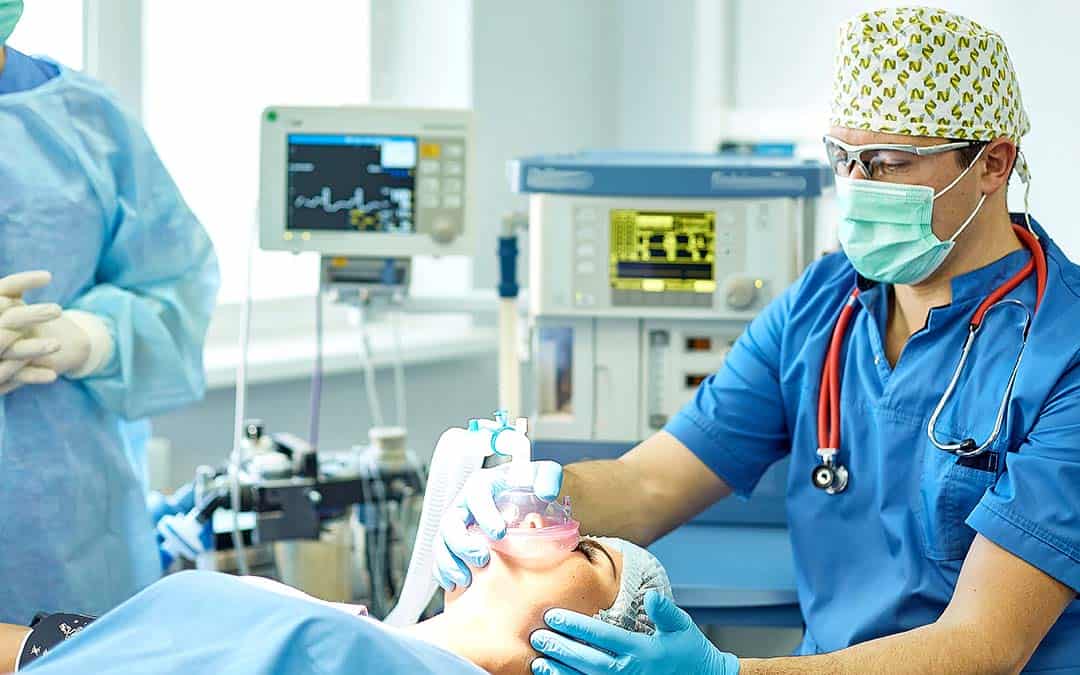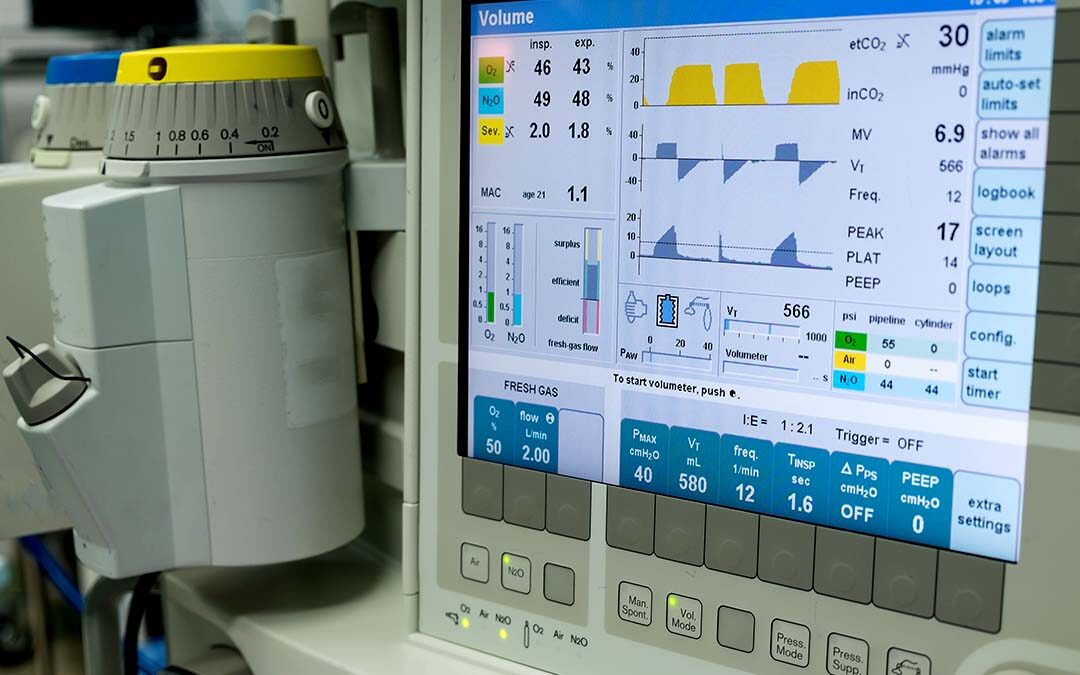Can you imagine getting a root canal and not being able to get your mouth numbed beforehand? What about getting an even more major surgery and having to stay awake the whole time? Well, thanks to anesthesiology, that’s not something any of us have to go through. Our condolences to everyone getting surgery pre-1846, when it was invented. Anesthesia has greatly improved the quality of care patients receive and has saved countless lives. Even so, like many of our modern comforts, anesthesia has an outsized impact on the environment. As the threat of climate change grows more serious, anesthesiologists are taking steps to make sure their specialty isn’t doing more harm than good.
Anesthesia and the Environment

There are two main types of drugs that anesthesiologists use: anesthetics, which are drugs that produce a state of insensitivity to pain; and analgesics, which are drugs that relieve pain without causing loss of consciousness. According to the National Health Service (NHS) in the UK, anesthetic and analgesic practices account for 2% of the NHS’s carbon footprint. This may seem like a small percentage, but with the NHS’s goal to achieve net-zero emissions by 2040, it’s vital to address the emissions caused by such an important medical specialty.
A major cause of this carbon footprint is the use of an anesthetic called desflurane. Desflurane, in its gas form, is used to make patients unconscious, and keep them unconscious, during surgeries. It is liquid at room temperature, and when vaporized, can easily be inhaled by patients. It’s popular for its rapid onset (countdown from 10…9…8 – and you’re out) and offset of action (waking up right after a short surgery is over). This made it a very popular choice for surgeries that require a quick recovery time. One of the qualities of desflurane that makes it so safe for patients is that very little of it is metabolized inside the body. Unfortunately, because of this, when it’s exhaled, it remains in a form that can pollute the atmosphere. While it is a safe option for anesthesiologists to put patients to sleep, it also has a global warming potential 2,500 times greater than carbon dioxide.
Thankfully, there are available alternatives to desflurane that are safe to use for patients and also have a much lower impact on the environment.
With that in mind, the Royal College of Anaesthetists and the Association of Anaesthetists have joined forces with NHS England to phase out the use of desflurane by early 2024. By limiting the use of desflurane in the NHS, except in exceptional cases, they plan to reduce harmful emissions by approximately 40 kilotons of carbon per year, the equivalent of powering 11,000 homes.
This announcement makes it clear that the NHS is serious about its commitment to delivering a net zero health service. Even more significantly, this move sends a powerful message to the global medical community that it’s possible to provide high-quality care while also being mindful of the environment.
As more and more doctors become aware of the environmental harm caused by desflurane, they are increasingly choosing to use alternative anesthetic methods that are safe for patients and better for the planet.
Over 40 different healthcare trusts in England have completely stopped using the gas, with Norfolk and Norwich, Bristol and Weston, and Torbay and South Devon paving the way. In the past four to five years, the use of desflurane across the NHS has dropped from 20% to just 3%
Our Commitment to the Medical Community

As eloquently stated by the NHS regarding this extraordinary commitment to the planet’s health, “Anaesthetists have been saving lives for more than a century. They have the chance to save even more in the future.”
The healthcare sector in the United States, accounts for roughly 10% of the country’s greenhouse gas emissions. A recent study took a look at the impact of operating rooms on these emissions. It specifically examined the use of anesthetic gases in operating rooms from different hospitals. Significantly, the study found that in hospitals that used disproportionate amounts of desflurane (one in Canada and one in the United States), anesthetic gasses accounted for over 50% of the greenhouse gas emissions created in the operating room. Anesthetic gas contributed only 4% of these emissions in the institution that did not use desflurane.
While the medical community continues to make good on its efforts to save lives in the present and future, CalOx will be here to support it. It’s clear that there is a strong need for safe and environmentally friendly anesthetic gases, and we are proud to supply them as well as assist with a range of services, including regular deliveries, storage, handling equipment, and training and maintenance.
